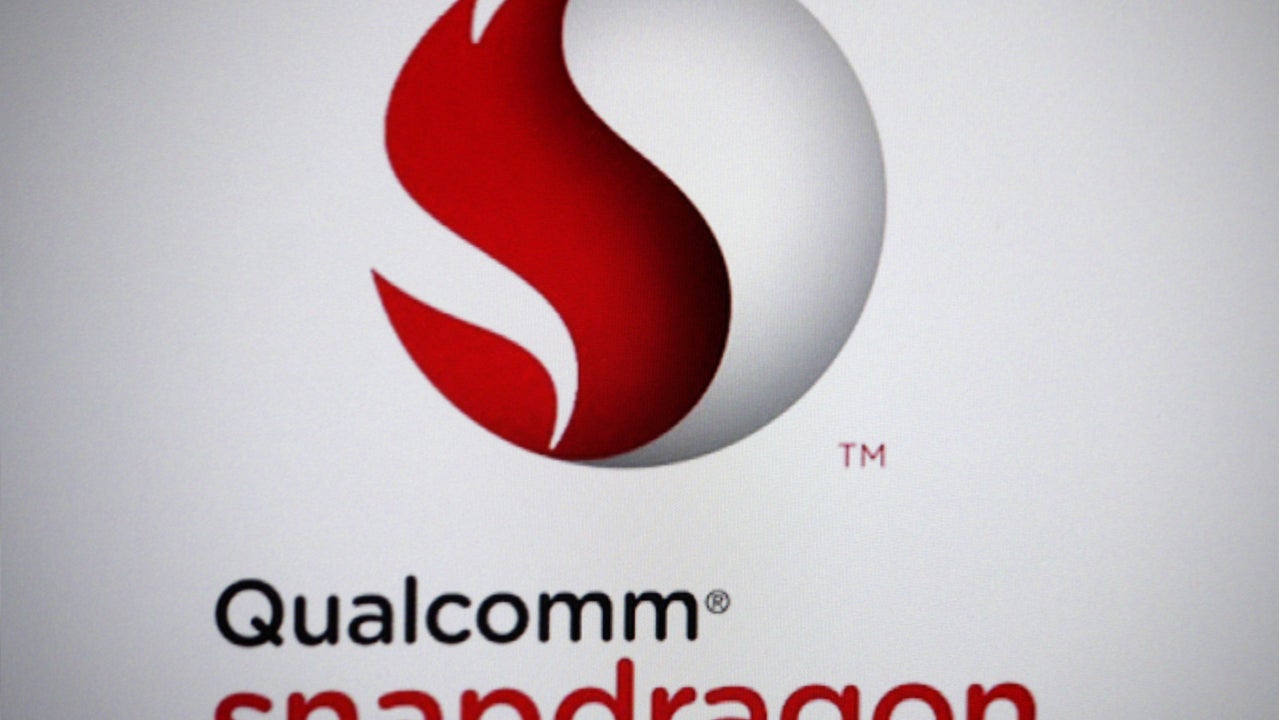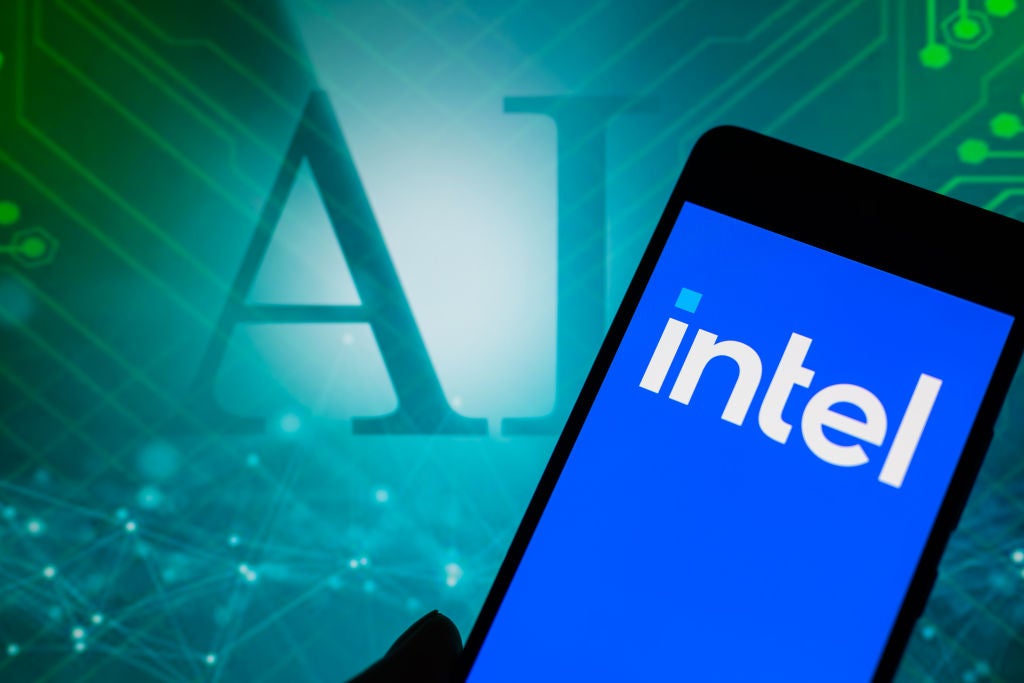
Qualcomm is leading the 5G bandwagon with its new Snapdragon 888 premium 5G chipset. The chipset company launched the new Snapdragon platforms at its annual Snapdragon Summit, which was virtual this year, instead of being hosted in Maui, Hawaii as in previous years.
Almost every smartphone vendor in the world uses Qualcomm’s chipsets. The Snapdragon 888 comes packed with features and is Qualcomm’s first premium chipset with an integrated 5G X60 modem.
An integrated 5G modem allows devices to be more power efficient, which should help address the 5G battery drain issue. An integrated modem is also less expensive than a two-chip solution (the chipset plus the 5G modem), which should help drive down smartphone costs further, and allow for a substantial size vs. power trade-off, making devices smaller, relatively cheaper and less power hungry.
Growth in premium smartphone shipments is expected to remain stagnant due to the continued uncertainty and unemployment struggles surrounding the pandemic, and anything that helps sell smartphones is welcome news for both carriers and OEMs.
Snapdragon 888 a lucky choice for 2020
Qualcomm’s Snapdragon chipsets are typically numbered sequentially – the Snapdragon 845 came in 2017, the 855 in 2018, and the 865 in 2019. 2020 was supposed to be the year of Snapdragon 875. Instead, we got the Snapdragon 888. The number eight in Chinese culture is considered to bring luck and prosperity, with many Chinese products and services having multiple eights in their naming and/or pricing.
Qualcomm’s China focus is out there for all to see. Out of the 13 Qualcomm OEM partners mentioned at the 2020 Snapdragon Summit, 11 are Chinese.
How well do you really know your competitors?
Access the most comprehensive Company Profiles on the market, powered by GlobalData. Save hours of research. Gain competitive edge.

Thank you!
Your download email will arrive shortly
Not ready to buy yet? Download a free sample
We are confident about the unique quality of our Company Profiles. However, we want you to make the most beneficial decision for your business, so we offer a free sample that you can download by submitting the below form
By GlobalDataA majority of Chinese OEMs have already lined up to bring 888-powered phones. Xiaomi is expected to be one of the first OEMs to bring an 888-powered phone, the Xiaomi Mi 11 Pro, slated for a late December launch.
Other phones include the Redmi K40 Pro, Realme Race, and OnePlus 9 series coming in Q1 2021. OPPO’s Find X3 series, Vivo’s V2056A and Nubia flagships with the 888 are expected in Q1 2021 as well, as is Samsung’s Galaxy S21 series and LG’s V70 ThinQ. China is poised to become one the fastest growing 5G markets in the world in 2021, and Qualcomm wants a large slice of it.
Integrated 5G is on the way for budget models
At the Snapdragon Summit, most of the focus was on the premium chipset but Qualcomm also quietly announced that integrated 5G is on its way to its budget-tier 4-series. Lower-priced 5G chipsets translate into low-priced phones and accelerate adoption of mainstream 5G devices. China already has a $250 5G phone with more similarly priced phones on the way.
Samsung too, has a relatively inexpensive line-up of 5G phones and has stated that its portfolio will focus on affordable 5G, which has saved the company’s bottom line during this pandemic. Apple’s cheapest 5G phone, the $600 iPhone 12 Mini, will set off a competitive stampede of even more inexpensive, full-featured phones, and many expect a 5G version of its $400 iPhone SE to appear in 2021.
Dominant Chinese mid-range brands like OPPO and Vivo are already on board, as well as Honor which should be able to use US 5G components after breaking away from Huawei.
According to the Global Mobile Suppliers Association, 205 5G phones were launched in 2020 as of November. With more affordable 5G chipsets coming from a variety of rival chipset manufacturers, this number is likely to double in 2021. 5G coverage may not be ready for prime time yet as carriers continue to build out their networks and coverage, but 5G smartphones certainly are.








Related Company Profiles
Apple Inc
Xiaomi Inc
LG Corp
Qualcomm Inc